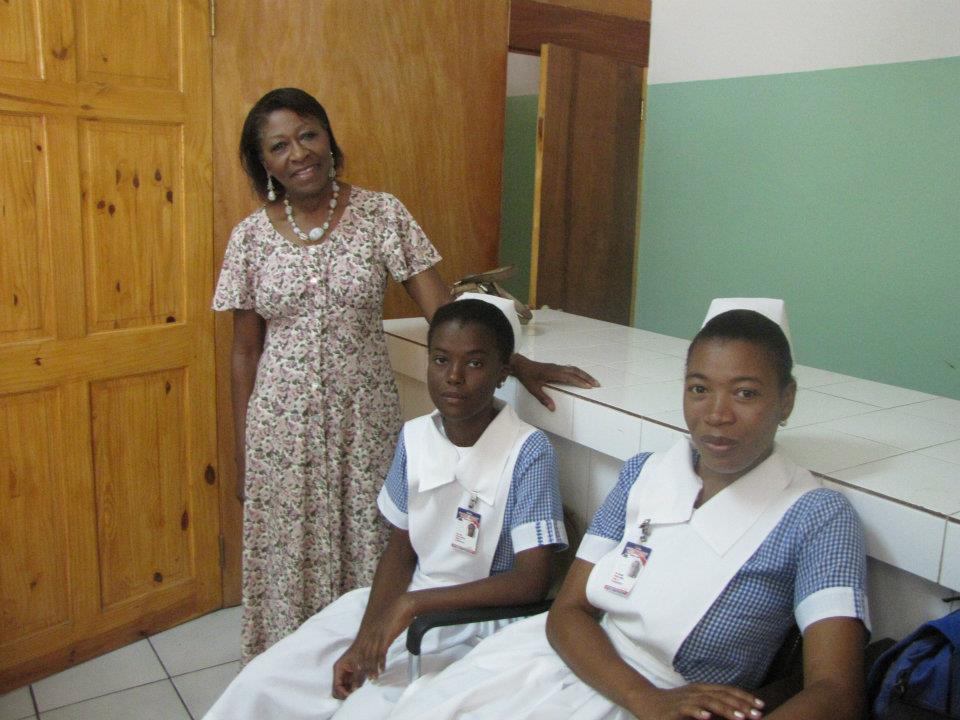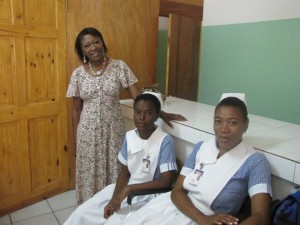Nurses Respond to Educate Family Nurse Practitioners in Haiti
This post was written by Jennifer De Jesus a student in the Macaulay Honors College at Hunter and an avid movie watcher. She is also an employee of the Health Professions Education Center, which has one of the largest collection of health films in the New York City area.
It has been three years and three days since the tragic 7.0 earthquake in Haiti claimed the lives of an estimated 316,000, injured 300,000 and left an overwhelming 1,000,000 homeless. The devastation only seemed to continue, as days and weeks following the earthquake only revealed an even more alarming and frightening reality.
Easily lost behind the constant coverage of the earthquake’s impact was one event that has shaped the lives of thousands of Haitians and is undermining great efforts to rebuild the country. Frontline’s “Battle for Haiti” focuses on the criminals that escaped Haiti’s National Penitentiary the night of the earthquake. The majority of these criminals were gang bosses and kidnappers, which were only jailed in the first place by an all-out military onslaught by the Haitian police and armed United Nations peacekeepers between 2004-2007. Now dispersed throughout Haiti, these criminals are once again creating an atmosphere of fear and violence in an already extremely difficult environment.






